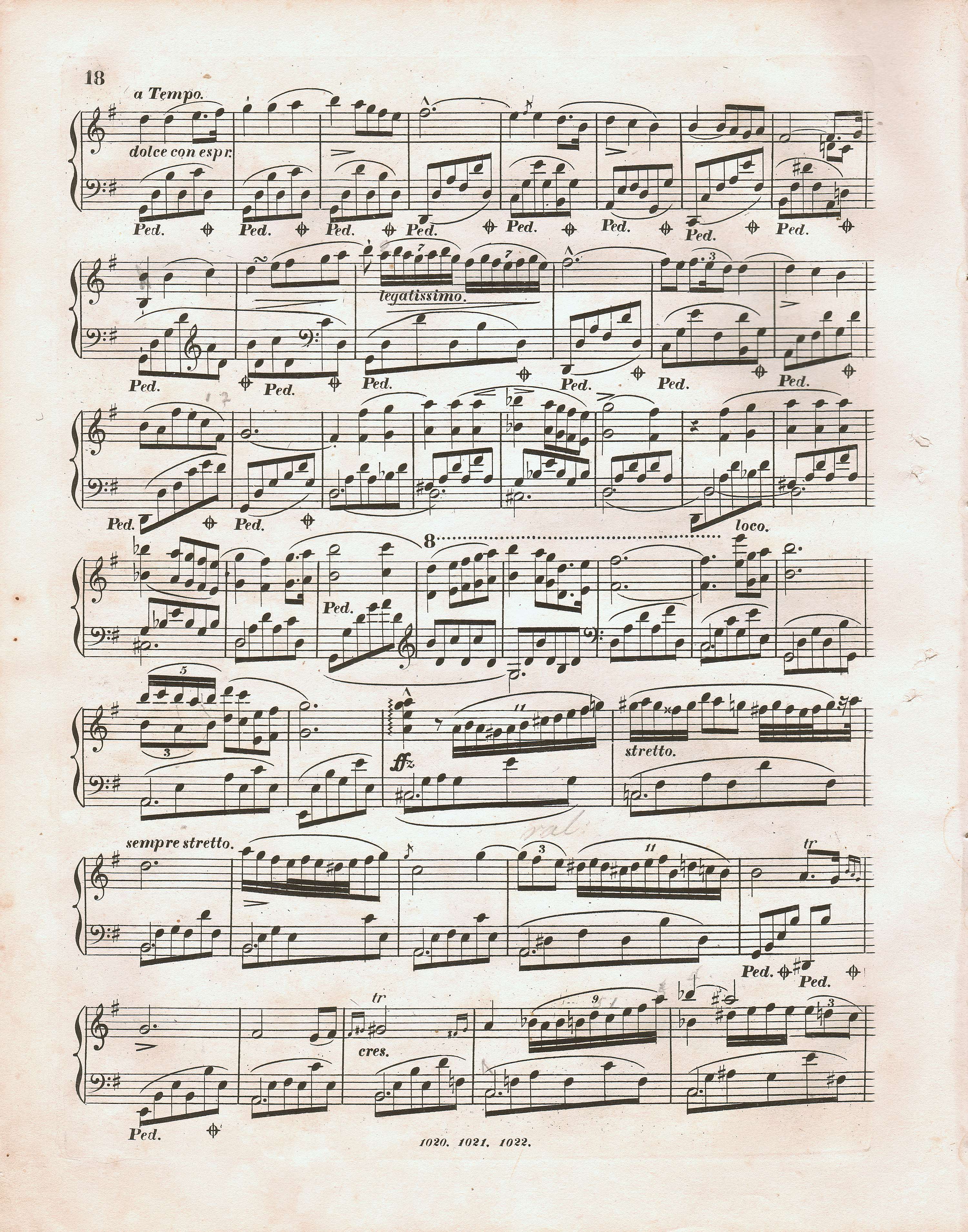




|
Fifth in FE, literal reading |
|

|
Only minim in GE |
|

|
Appoggiatura & minim in EE |
|

|
Acciaccatura – our alternative suggestion |
When interpreted literally, the notation of FE means that the d2 minim should be performed simultaneously with the a2 crotchet belonging to the orchestral part. Since d2 is the topmost note of the orchestral accompaniment implemented by strings, one can be certain that this notation is inaccurate, to say the least. The problematic crotchet is absent in GE; however, lack of any traces of performed changes suggests that it was not GE that removed it, but FE that added it in the last proofreading. Therefore, one has to guess the aim of that proofreading. It is bar 609 that provides a highly likely answer to that question – most probably, it was supposed to be a grace note in the form of a small crotchet. A carelessly implemented proofreading explains the vague notation of FE. A similar situation, in which Chopin uses a version of a motif first without appoggiatura and then with appoggiatura in the same piece, is to be found, e.g. in the Nocturne in G Minor, Op. 37 No. 1, bars 19-20 and 35-36.
Therefore, in the main text we give the version described above, most probably intentional, correctly guessed in EE. We give a short grace note as an acceptable variant – see bar 609.
Compare the passage in the sources »
category imprint: Graphic ambiguousness; Differences between sources
issues: EE revisions, Errors in FE, Errors resulting from corrections, Authentic corrections of FE
notation: Ornaments

